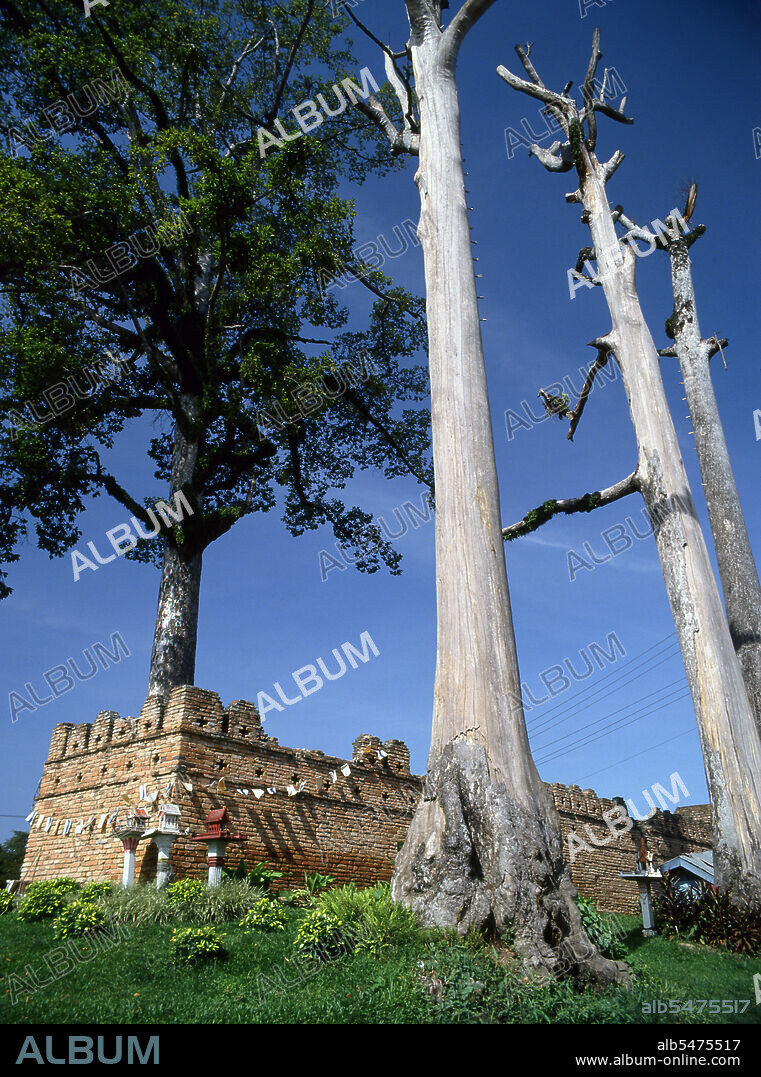alb5475517
Pratu Suang Prung (Suan Prung Gate) with dead yang trees since cut down, Chiang Mai.

|
Add to another lightbox |
|
Add to another lightbox |



Title:
Pratu Suang Prung (Suan Prung Gate) with dead yang trees since cut down, Chiang Mai.
Caption:
Chiang Mai, sometimes written as 'Chiengmai' or 'Chiangmai', is the largest and most culturally significant city in northern Thailand, and is the capital of Chiang Mai Province. It is located 700 km (435 mi) north of Bangkok, among the highest mountains in the country. The city is on the Ping river, a major tributary of the Chao Phraya river. King Mengrai founded the city of Chiang Mai (meaning 'new city') in 1296, and it succeeded Chiang Rai as capital of the Lanna kingdom. The ruler was known as the Chao. The city was surrounded by a moat and a defensive wall, since nearby Burma was a constant threat. Chiang Mai formally became part of Siam in 1774 by an agreement with Chao Kavila, after the Thai King Taksin helped drive out the Burmese. Chiang Mai then slowly grew in cultural, trading and economic importance to its current status as the unofficial capital of northern Thailand, second in importance only to Bangkok.
Credit:
Album / Pictures From History/Universal Images Group
Releases:
Model: No - Property: No
Rights questions?
Rights questions?
Image size:
3703 x 4983 px | 52.8 MB
Print size:
31.4 x 42.2 cm | 12.3 x 16.6 in (300 dpi)
Keywords:
ARCHITECTURE • ASIA • ASIAN • CHIANG MAI • FORTIFICATION • HISTORIA UNIVERSAL • HISTORICAL • HISTORY • KAWILA • LAN NA • MOAT • OLD CITY • THAI • THAILAND
 Pinterest
Pinterest Twitter
Twitter Facebook
Facebook Copy link
Copy link Email
Email

